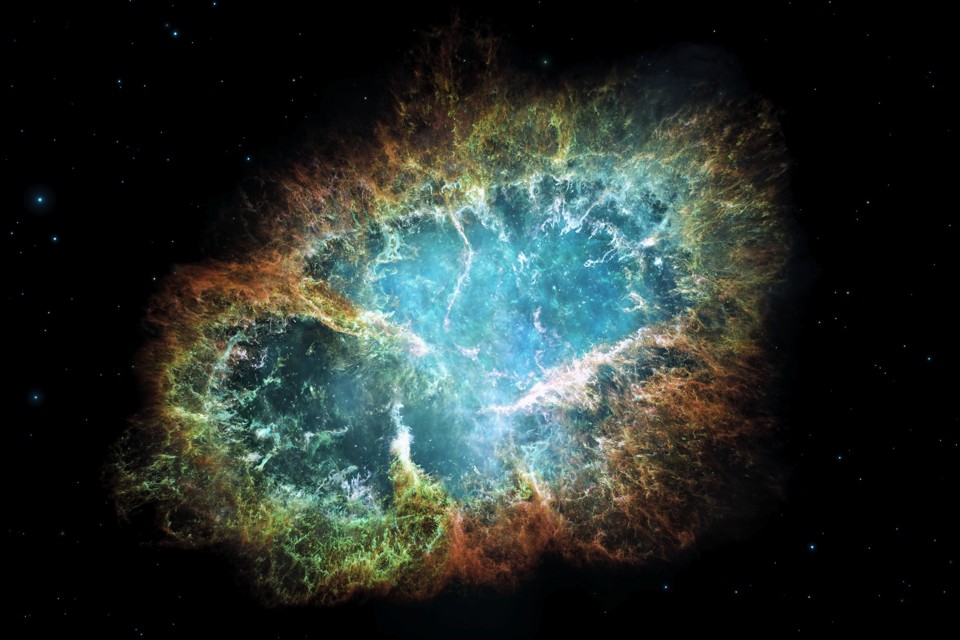A team of scientists has found evidence that the earth was hit by debris from a series of massive supernovae near it millions of years ago.
Supernovae are explosions that occur when a star runs out of energy and explodes. It leads to the creation of many heavy elements, one of which is radioactive iron-60.
This particular radioactive debris, iron-60, which is aged between 3.2 and 1.7 million years old have been found in sediments and crust samples from the Pacific, Atlantic and Indian Oceans on the earth.
“The iron-60 was concentrated in a period between 3.2 and 1.7 million years ago, which is relatively recent in astronomical terms,” the team’s lead researcher, Anton Wallner, said.
Wallner is a nuclear physicist at the Australian National University (ANU) in Australia.
Evidence of iron-60 from an older supernova around eight million years ago was also found. This coincided with global faunal changes in the late Miocene period, which was 11.6 million to 5.3 million years ago.
“We were very surprised that there was debris clearly spread across 1.5 million years,” Wallner commented, adding that it “suggests there were a series of supernovae, one after another.”
The team believe that the supernovae were less than 300 light years away and were close enough to be visible during the day and comparable to the brightness of the Moon.
Although Earth would have been exposed to an increased cosmic ray bombardment, the radiation would have been too weak to cause direct biological damage or trigger mass extinctions.
The team was awed by first hints of iron-60 in samples from the Pacific Ocean floor, found a decade ago.
They then decided to search for interstellar dust from 120 ocean-floor samples spanning the past 11 million years.
After the extraction of all the iron from the ocean cores, they separated the tiny traces of interstellar iron-60 from the other terrestrial isotopes and found it occurred all over the globe.
They then inferred that the Earth was hit by a series of radioactive debris millions of years ago. Who knows, maybe the earth was formed from one of those supernovae.



